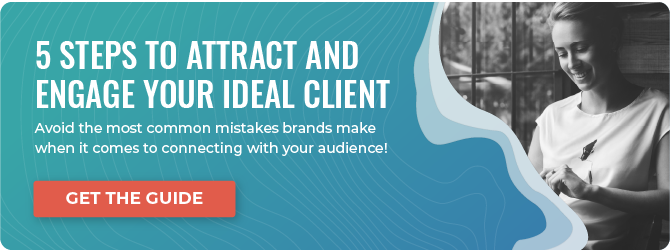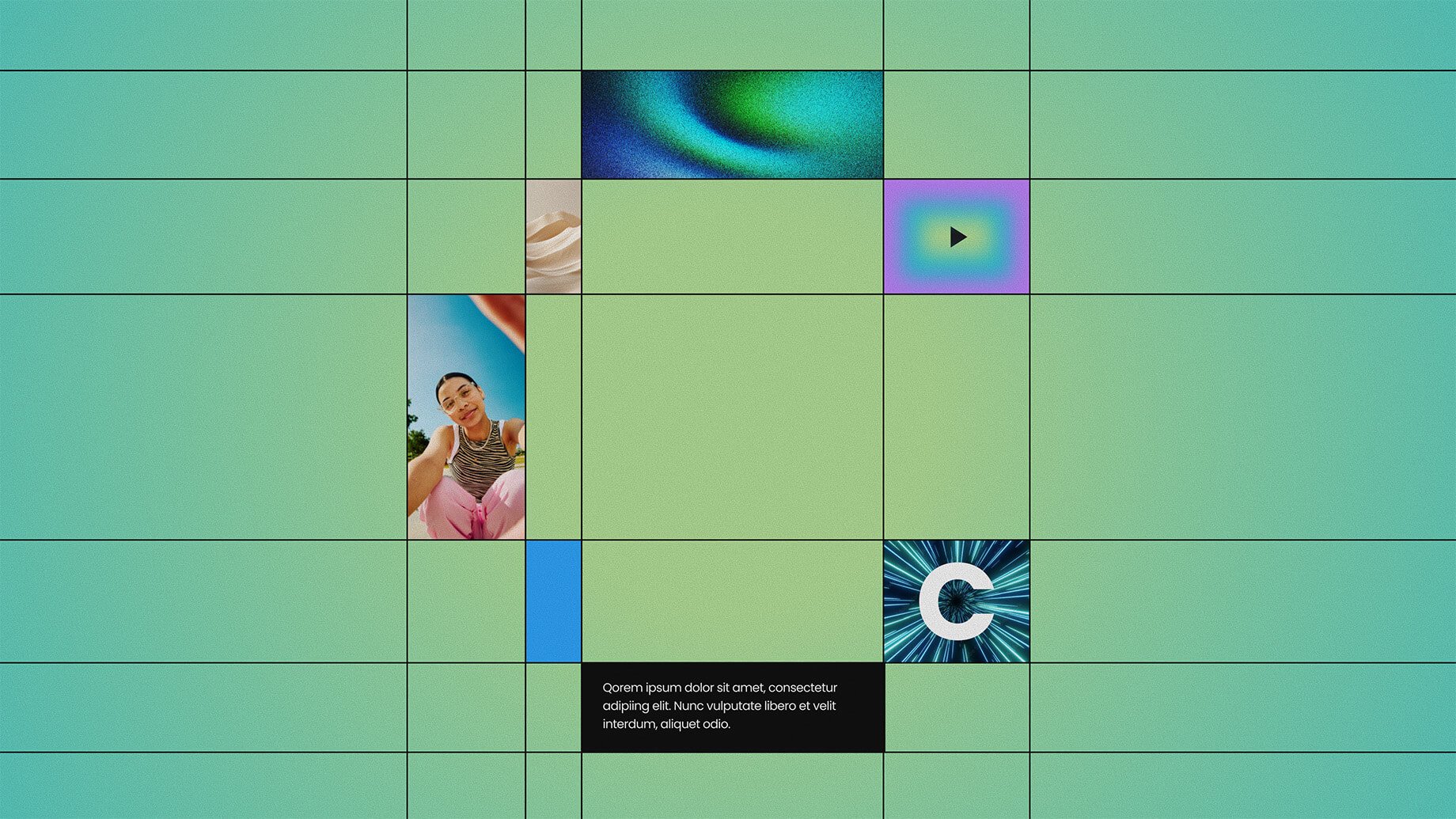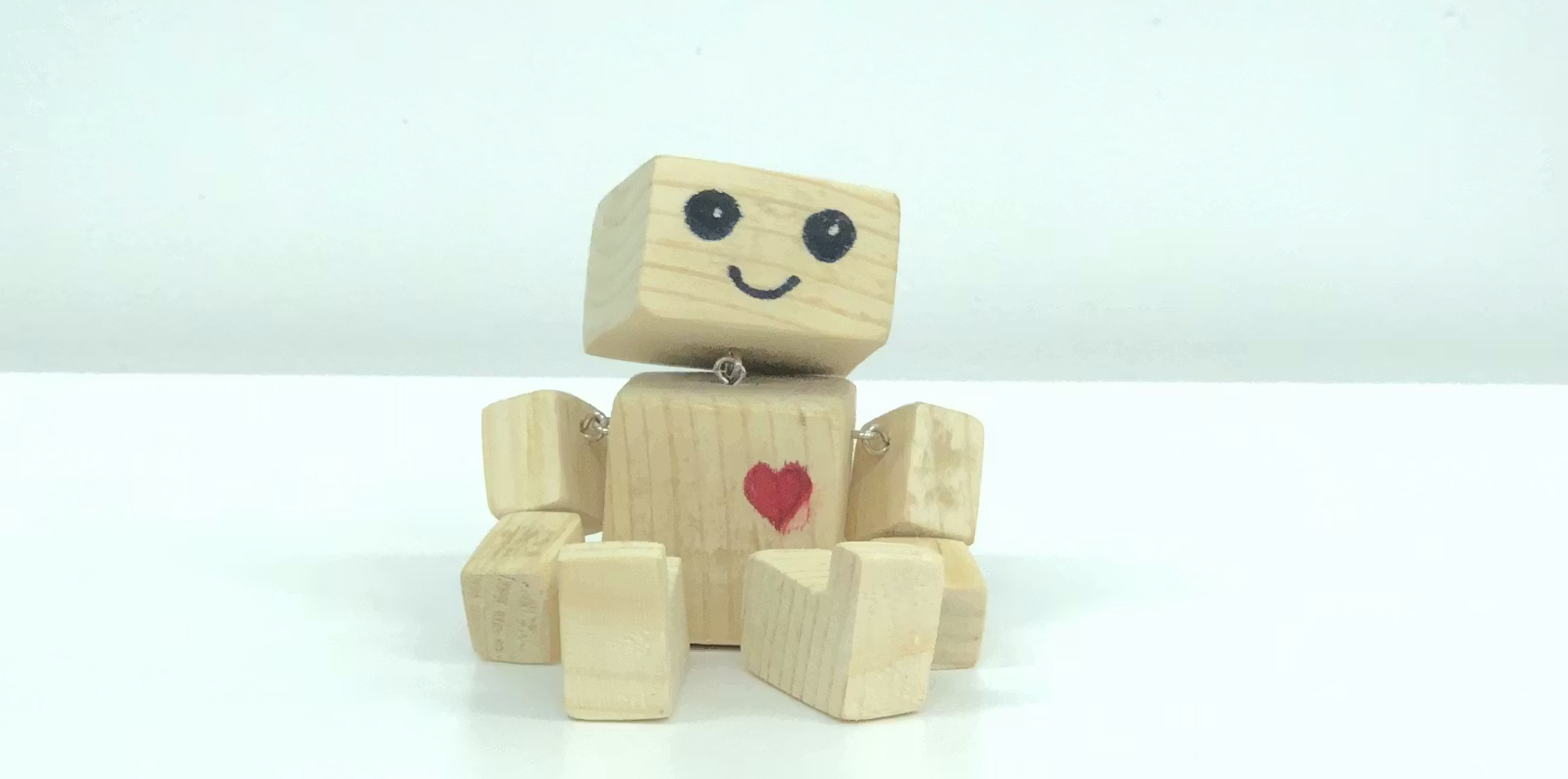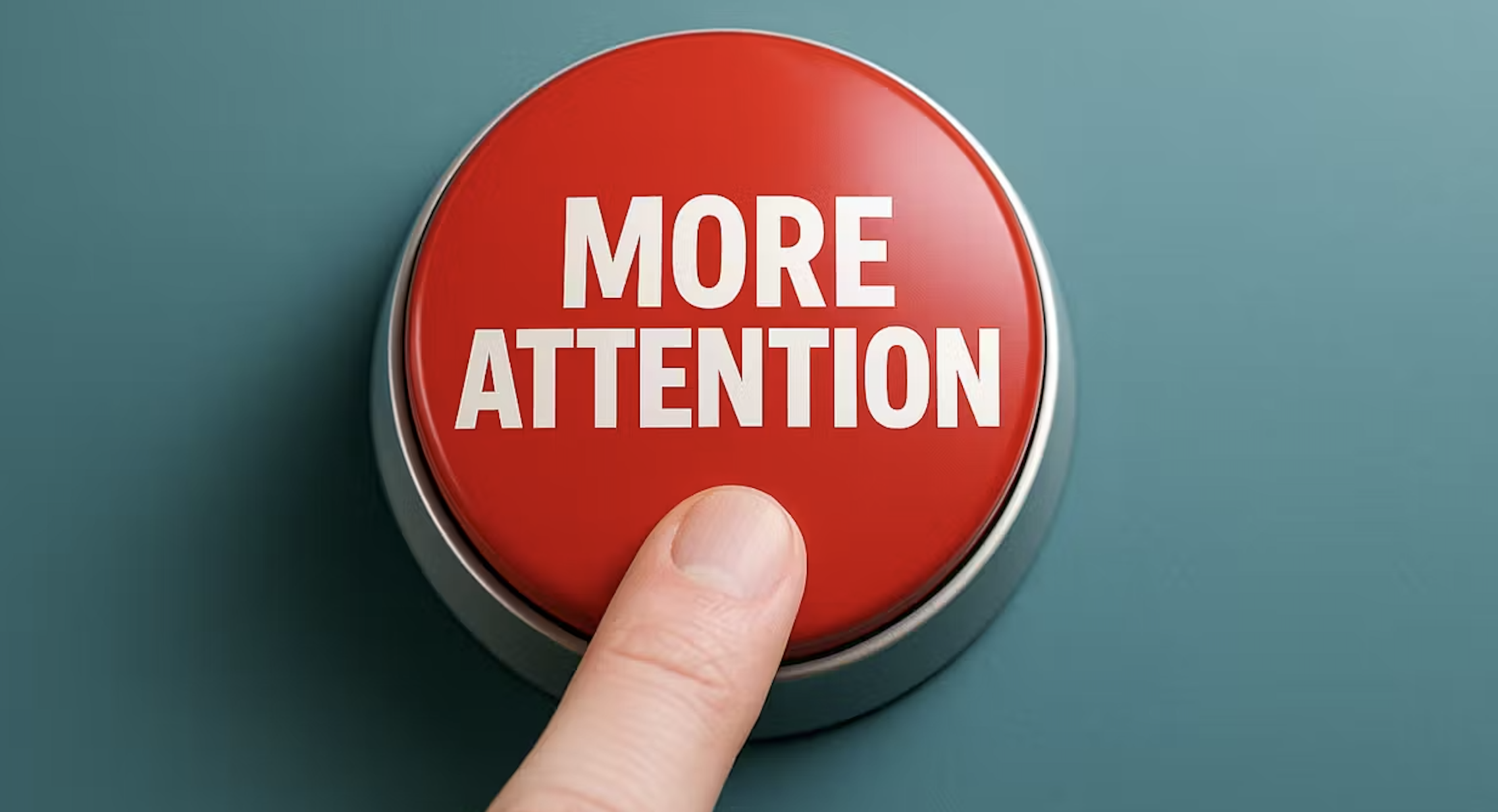A Step-By-Step Guide to Promote Your Next Webinar
Webinars are a powerhouse for your digital marketing strategy. There's been an explosion of virtual events and webinars, and that trend is not slowing down anytime soon.
Planning great content is just the beginning of success. Now you have to make sure people know about your webinar and realize how your content will solve their biggest pain points. It's the key to having them not only register but show up.
While webinar technology hasn't changed much in the last few years, online promotion and connected marketing strategies have. Getting noticed is more difficult in the crowded online content space, especially in the midst of a new era of Zoom fatigue.
Getting noticed includes putting out attention-grabbing social events and posts, a great landing page, and other content. With effective promotion, hosting a webinar can generate leads for your business.
Ready to drive revenue with your next webinar? Here are 10 proven steps to promote it well.
1. Create a Landing Page
An event landing page is the home base for your webinar. When you promote the event through email or social media, point your audience to this one link for registration and event details. This ensures that your reporting is comprehensive when reviewing data and analytics.
Be sure to nail down all the details of your webinar first before you publish this page and start directing people to it.
Here's what you'll need to set up your landing page:
- Title of presentation
- Date & time
- Presenter name, title, (optional: bio)
- Short description of webinar topic, bullet points ("what you'll learn")
- Featured image for social media sharing
- Registration form
Once you have the details nailed down, choose your preferred webinar platform.
Here are a few of our favorite webinar platforms:
Now, it's time to create a landing page where people can register for your event. Create a new landing page for your website. Then, build the webinar in your platform of choice and integrate the registration form into your landing page for easy analysis and lead data. (You can do this with many platforms; Hubspot has an integration that we recommend.)
Write an engaging description so that people can't help but sign up. Make sure you explain why this topic is important and how your webinar attendee will benefit.
Finally, limit the number of fields to encourage sign-ups. Too many fields in the form will scare people away. As a general rule, start with three main fields for your submission form: name, email, and company.
2. Create a LinkedIn Event
Once you have created the landing page, you have all of the information you need to make a LinkedIn Event. There are three critical reasons to create a LinkedIn event.
- Easy to invite your connections- By creating a LinkedIn event, you can directly invite your connections to the event itself. They get a notification that you invited them to an event. So if you have connected with your ideal buyers, you've opened another channel for them to become aware of your webinar.
- Easy to register- You can create a registration form for the event. It will automatically populate people's information from their LinkedIn profile, so it's effortless to register. And you can now export that information into your marketing database for future marketing efforts.
- Visibility- Your event can now be found in the events section of the network tab on LinkedIn. People interested in your topic can search for your event or find it organically. Regardless of exactly how they find it, your event can now be discovered in another channel from which you can collect contact information, and it's all free.
When Mojo started using the LinkedIn event strategy, we increased our registration and attendance from 80 registrants to typically over 250. Again, this tactic is free. Try it out for your next webinar.
3. Follow-Up Details
When it comes to follow-up, focus on the details:
- What happens when someone registers for your webinar?
- Do they get a confirmation email?
- Do they get redirected to a Confirmation or Thank You page?
- Do they get a reminder email or two before the day of the webinar?
When testing your landing page and registration form, pay close attention to the smallest details. If you're using automated follow-up emails from your webinar platform, take time to update and customize them.
When you complete the registration form, direct the user to a Thank You page that reassures the user they will receive an email and reminders with details on how and when to join the webinar. Use the Thank You page as an opportunity for another point of contact or engagement: watch a video, subscribe to the blog, etc.
Everything you do communicates. Use the follow-up process as an opportunity to build trust.
4. Email
Once the landing page and follow-up emails are sorted out, we send an email invitation to a segment of our email list.
Your email should include:
- An enticing subject line (use this free tool to help)
- Personalization (name tokens, segment information)
- Event details
- Description (what they'll learn and why they should sign up)
- The registration link (which you created above)
After you send the first email (ideally a month before the event), it's a good idea to send a reminder email or two to those who haven't registered yet.

5. Social Advertising
Once your webinar details are set and a landing page is live, the next step is to run targeted social media ads to website visitors and other custom audiences. LinkedIn and Facebook are two good places to start social ad campaigns for a webinar.
You can build custom audiences on Facebook using demographics and tracking. Facebook requires a great deal of data from every person who sets up an account, including location, age, and interests – which can be helpful for targeting ads.
For example, if your target audience for the webinar is marketing professionals who work in the healthcare industry, you'll be able to direct your Facebook ads to just those people.
Additionally, you can run your ad campaigns through HubSpot to have better overall tracking as you look to help show the ROI of your marketing efforts. By creating an audience in HubSpot and sending that over to your ad platforms, you can ensure your ad dollars are getting in front of exactly who you are trying to reach.
Wondering what in the world to do with social ads? Here's a Facebook Ad Primer for Beginners to help you get started.
6. Organize Promotions with a Social Media Calendar (and A/B Test Your Ads)
A social media content calendar is useful when scheduling your promotions and ads. Share the registration page on social networks at least once a week leading up to the webinar.
The first post should introduce the webinar and what it's all about, then the subsequent posts may highlight one or more of the main points the webinar will cover. Much of the content for your social posts can be repurposed from the information you created on the registration page.
The week before the webinar, start counting down to give a sense of urgency:
- "Next week, join us..."
- "Last day to register, there's still time..."
Run your ads every day until the webinar for a set budget, per day per network, that works for you. Test your ads to see what performs the best, and then adjust your ad campaigns accordingly. We generally test one element at a time, such as an image or the CTA button text.
Platforms like Facebook keep optimizing the process for businesses so that you get a clear understanding of what performs well and resonates with your target market.
7. Contact Key Prospects and Clients
Here's where you need to add a personal touch to your marketing. As great as marketing automation is, it's not a substitute for intentionality. In fact, we believe marketing automation is not a substitute. It's a tool that better positions you to offer that personal touch that we all want from our favorite brands.
If you have clients you know would benefit from your webinar, pick up the phone and personally invite them or send them an email. Take a look at your sales leads (especially those that you haven't fully engaged yet) and make contact. It's a great time to reach out when you can offer something valuable to a prospect. That personal contact and demonstration of your expertise might nudge them to become a client or customer.
8. Blog About It
If you have a guest presenter, ask them to write a related blog post and then publish it as a guest blog post. We don't recommend simply writing an ad for the webinar disguised as a blog post.
Instead, offer valuable content that ties into the subject naturally. For example, if your webinar is "The Marketer's Guide to ADA Compliance for Websites," the blog post could be titled "ADA Compliance: Would Your Website Pass?"
Include at least two calls-to-action and links to the webinar landing page you created (because you now have a game plan to follow ??) in the blog post.
You can use that strategy in reverse, as well. Offer to write a guest post for a strategic partner, and be sure to include links and CTAs to register for your webinar.
Bonus tip: if you want to host your first webinar and aren't sure what to talk about, look at your best blog content. You can easily repurpose your blog content into a webinar. Take your headings and repurpose those into the agenda items for the webinar. And now you have a great webinar.
9. Use Your Platform
Whatever you've got, use it to promote the webinar. Maybe you have a weekly video series, podcast, or newsletter. Maybe you have gone full-on LinkedInfluencer.
Always give your audience a detailed next step. One of the biggest mistakes businesses make is to create a full marketing plan and then neglect to call the audience to action. Do everything in your power to make it easy for them to sign-up.
If you're active in a LinkedIn group or professional association that meets in person, share the webinar with the group if the topic applies. Perhaps you have professional Slack channels that you're active in? Share the webinar link in the channel (or to individuals in the group, if that seems too spammy).
Simply put, wherever you can and as frequently as you can, use your platforms to promote the event.
10. Repurpose the Webinar
Once the webinar is over, you can still use and promote it! All of that work creating and presenting the webinar should not go to waste.
Think about all of the ways you might want to use the webinar after it's over:
- On your blog
- For on-demand webinar archives
- Repurpose into a downloadable guide
- And more!
Do you want to direct registrants to a video page with the recorded webinar, transcript, and downloadable handouts? Do you want to invite those who couldn't attend the live webinar to this page? If so, embed the video in a blog or recycle the topic for your next video series or podcast.
You can use YouTube, Vimeo, or Wistia for hosting recorded webcasts. Wistia and Vimeo Pro offer advanced features for capturing leads and controlling how the video embed looks on your website.
We encourage our clients to make webinars part of their digital marketing plan. It's a great way to engage with prospects and your client base. Commit to a robust promotion strategy for your webinar, and you'll reap the rewards.
Bonus Tip: Offer An Attendance Incentive
If you've done an amazing job getting hundreds or thousands of registrants, you likely want many of them to show up. Especially today, many people register for the replay. That's fine, but a live attendee will engage more than someone that puts your webinar on 2X speed.
So incentivize people to show up live. It could be something as simple as whoever asks the best question gets a gift card. Ideally, you would tie the incentive to the topic of the webinar.
For example, we previously hosted a webinar called ABM Strategy You Can Steal. We gave away a free 100 contact target account list in this webinar to help someone get started running an ABM strategy. We saw a significant increase in attendance and engagement from the audience.
Get Started Today
If you have been thinking about hosting a webinar, you now have a step-by-step guide to executing a webinar that will drive revenue. Simply decide on a topic, create an engaging title, build the deck, and follow this guide. You'll start engaging new potential customers in no time.
If you'd like a hand in executing a webinar strategy or a comprehensive digital marketing strategy, let us know by scheduling a call today!
If you're looking for more helpful information about hosting webinars, check out the blogs below!
10 Essential Tips for Recording a Webinar
How to Host a Webinar That Will Generate Leads For Your Business
Sample Webinar Script and Agenda



